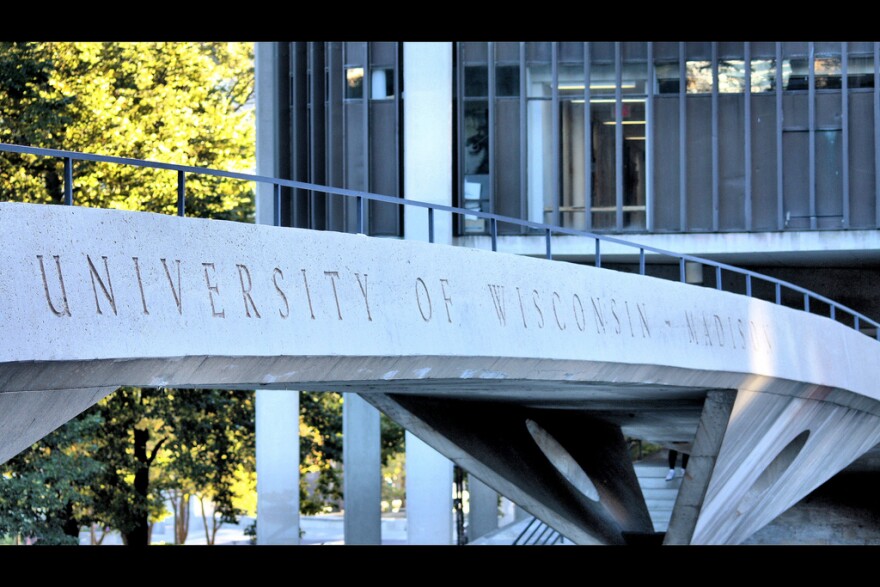During the Cold War, large universities across the country served as a breeding ground for protest movements and student activism at large. Combined with dramatic changes in education funding and increased technological emphasis, they came to be known as “Cold War Universities.”
Close to home, the University of Wisconsin-Madison was an example of this concept, says Matthew Levin. He's the author of Cold War University: Madison and the New Left in the 1960s.
“What defines it is [a] development in higher education after WWII, the early years of the Cold War, where the federal government kind of steps in in ways that it hadn’t done before,” Levin says.
He adds that federal influence “changed some of the purposes of higher education” to focus more on improving national defense and keeping the U.S. on the cutting edge of the technological race against the Soviets.
At the same time, large universities like Madison experienced a huge influx of students.
“You of course get the returning veterans after WWII, and then later on you get the baby boom generation,” Levin explains. “You definitely get students that are influenced in ways by the culture around them that didn’t exist prior to the Cold War . . . growing up in a time of constant threat that had not existed in the past.” This threat, of course, was the introduction of nuclear weaponry.
Levin says this atmosphere helped to create what he calls the contradictions of Cold War-era higher education.
“Along with the increasing student body, you get more and more students who are more likely to question what they’re seeing around them,” he says. “So even as the Cold War is expanding universities and changing [their] direction in some ways, it’s feeding this emergence of dissent.”
But what made UW-Madison distinct from other Cold War universities? While student activism was common to many large universities, Levin says Madison students and faculty were busy theorizing on how to “make this movement into something lasting.” Levin points to Madison’s “intellectual community,” a unique environment filled with “professors who are engaged in kind of a intellectual project to rethink American policies, especially foreign policy; to consider what a new direction on the left what look like.”
Additionally, while many student protest movements centered around anti-Vietnam War demonstrations, Levin says the goals of Madison protesters were more focused.
“The students don’t just go out and demonstrate against the Vietnam War in an ambiguous sense,” he says. Students were able to “focus in on the university and its sponsorship, its participation in the Vietnam War and in the Cold War, and its close partnership with the federal government.”
So has this tradition of student activism persisted to today? Levin is skeptical. “We are a far cry from the activism . . . [of] the 1960s,” Levin notes. He says student protest effort “was always a minority movement,” but without the Vietnam War to focus the activist spirit, “today it’s even a smaller minority of students.”
Levin’s book is published by the University of Wisconsin Press. When not conducting research, Levin also teaches high school social studies in McFarland, Wis.







